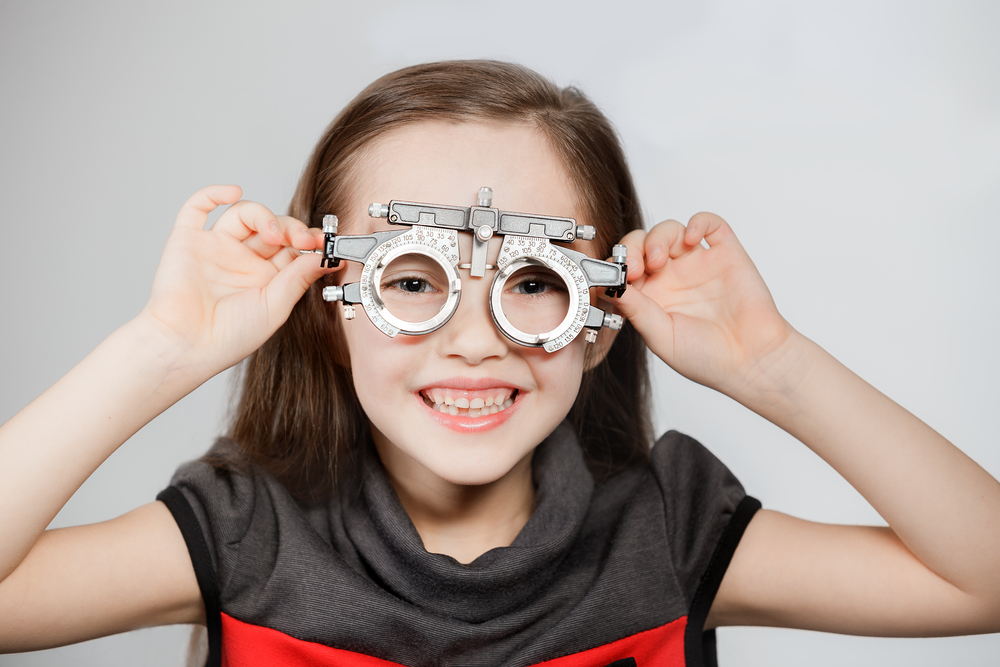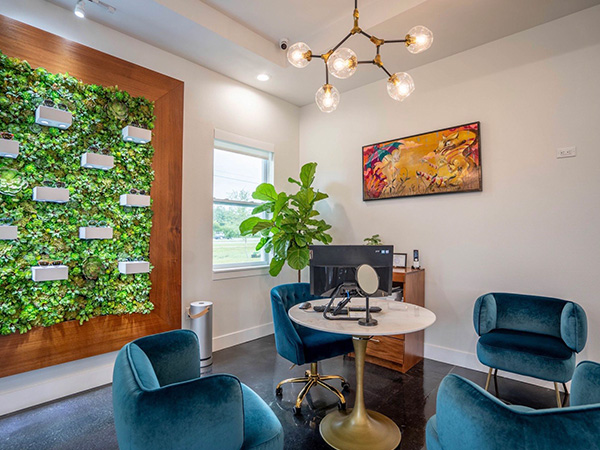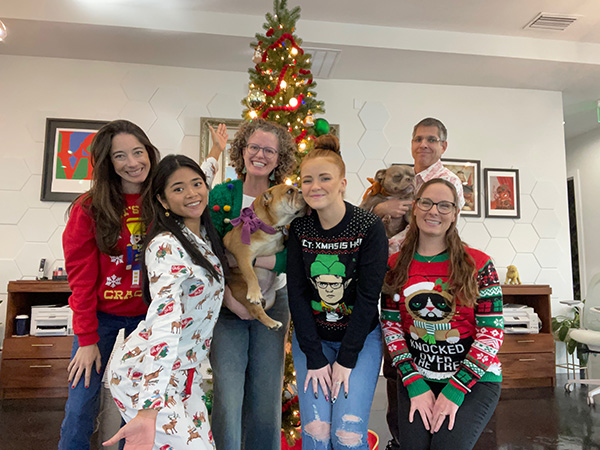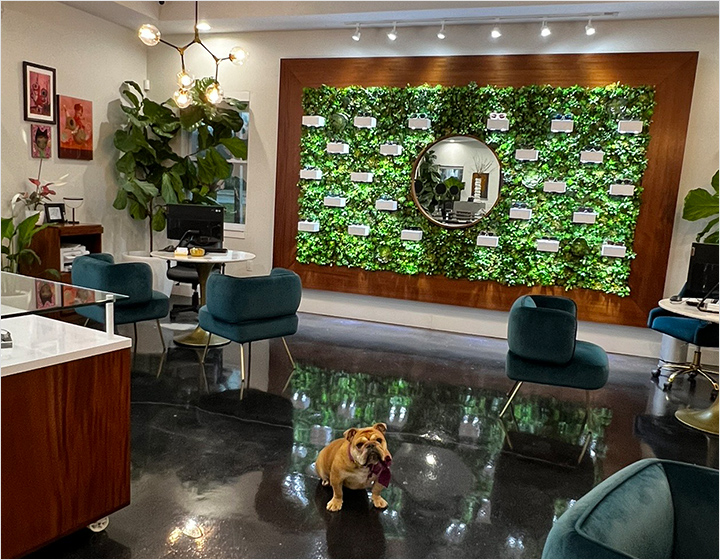
Myopia, also known as nearsightedness, is a common vision condition where distant objects appear blurry while close objects remain clear. This occurs when the eye grows too long or the cornea is too curved, causing light to focus in front of the retina rather than directly on it. While mild myopia can often be corrected with glasses, the concern grows with high myopia, which significantly increases the risk of serious eye conditions later in life such as glaucoma, retinal detachment, and macular degeneration.
Why Is Childhood Myopia on the Rise?
Over the past few decades, cases of pediatric myopia have skyrocketed worldwide. Several factors contribute to this trend:
• Increased screen time: Kids are spending more hours on tablets, phones, and computers.
• Less outdoor play: Natural light exposure and distance focusing outdoors help slow myopia progression, but children are spending less time outside than ever before.
• Genetics: Children with one or both parents who are nearsighted are more likely to develop myopia.
These lifestyle and hereditary factors combined are fueling the rise in childhood myopia.
Recognizing the Signs of Myopia in Kids
Parents often wonder how to tell if their child may be developing myopia. Some common signs include:
• Squinting or sitting too close to the TV or computer
• Complaints of blurry vision when looking at distant objects (like the board at school)
• Frequent headaches or eye strain
• Rubbing their eyes often
If you notice these symptoms, it’s important to schedule an eye exam promptly.
Early Detection Is Key
Early detection is the key to protecting your child’s vision. Comprehensive pediatric eye exams allow our eye doctors to detect myopia early, monitor its progression, and recommend effective treatment options before the condition worsens. Since children’s eyes are still developing, regular exams are essential for long-term vision health.
Myopia Management Options
The good news is that several proven treatments are available to help slow the progression of myopia in kids:
• Orthokeratology (Ortho-K): Special overnight contact lenses that temporarily reshape the cornea, allowing for clear vision during the day and slowing myopia progression.
• Atropine Eye Drops: Low-dose drops that can be prescribed to reduce the rate of eye growth associated with worsening myopia.
• Soft Multifocal Contact Lenses: Specially designed lenses that provide clear vision and help control the progression of nearsightedness.
Our optometrist can recommend the best option based on their age, lifestyle, and level of myopia.
Stellest™ Spectacle Lenses Coming Soon!
Stellest lenses are about to be released in the U.S. and represent an exciting breakthrough in myopia management. Clinical studies have shown that Stellest spectacle lenses are just as effective in slowing myopic progression as other leading methods. These lenses look and feel like ordinary glasses but incorporate advanced lens design to help reduce the risk of high myopia later in life.
Take the First Step in Myopia Management Today
Childhood myopia is becoming increasingly common, but with the right awareness and proactive care, its progression can be slowed. Recognizing the signs early, scheduling regular pediatric eye exams, and exploring modern myopia management treatments can make a lasting difference in protecting your child’s vision.
At Visionary Eye Care, we are committed to helping children see clearly and protecting their eyesight for the future. Schedule your child’s comprehensive eye exam with us to learn more about our personalized myopia management options. Visit our office in Lutz, Florida, or call (813) 425-9596 today.






